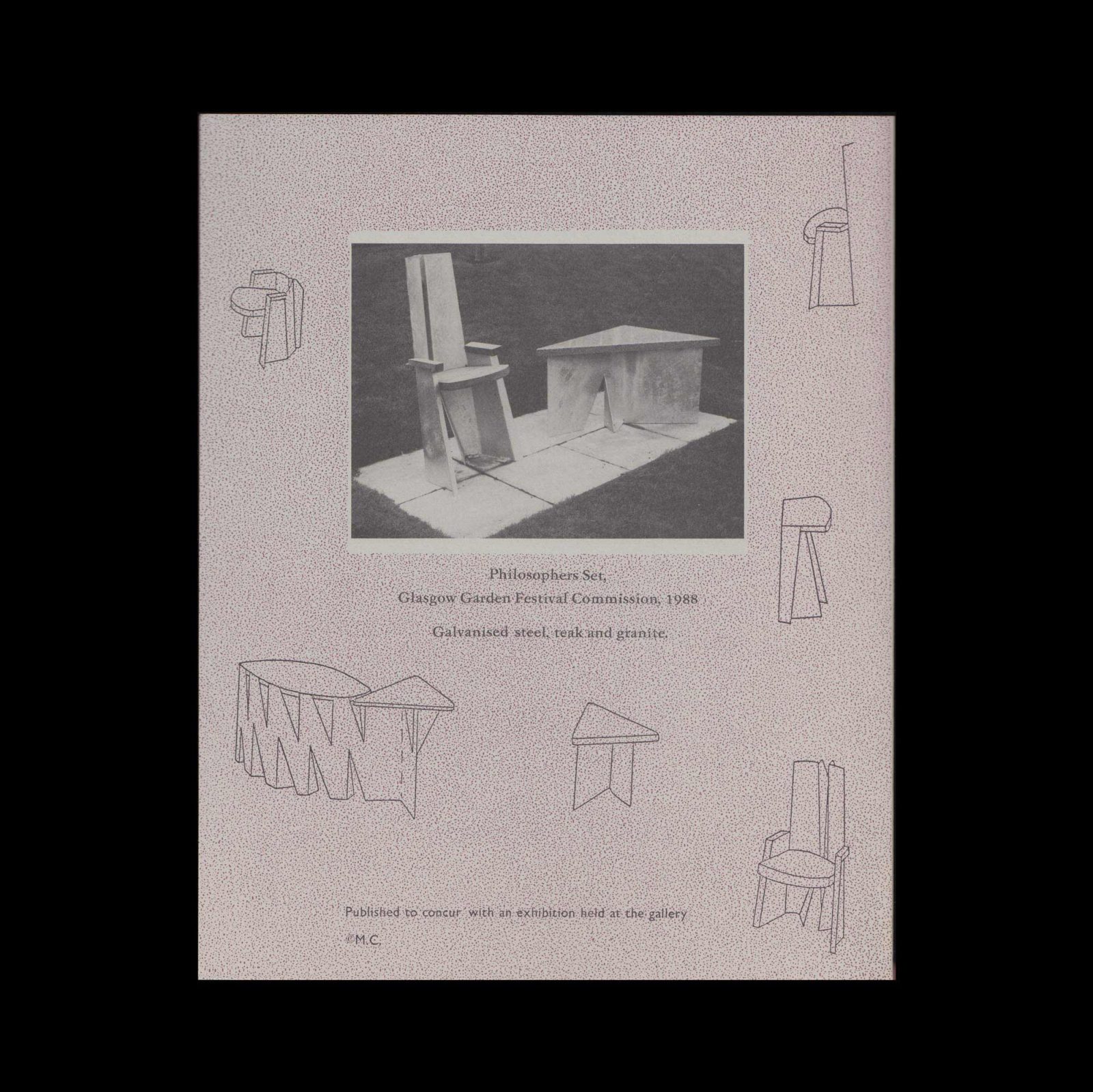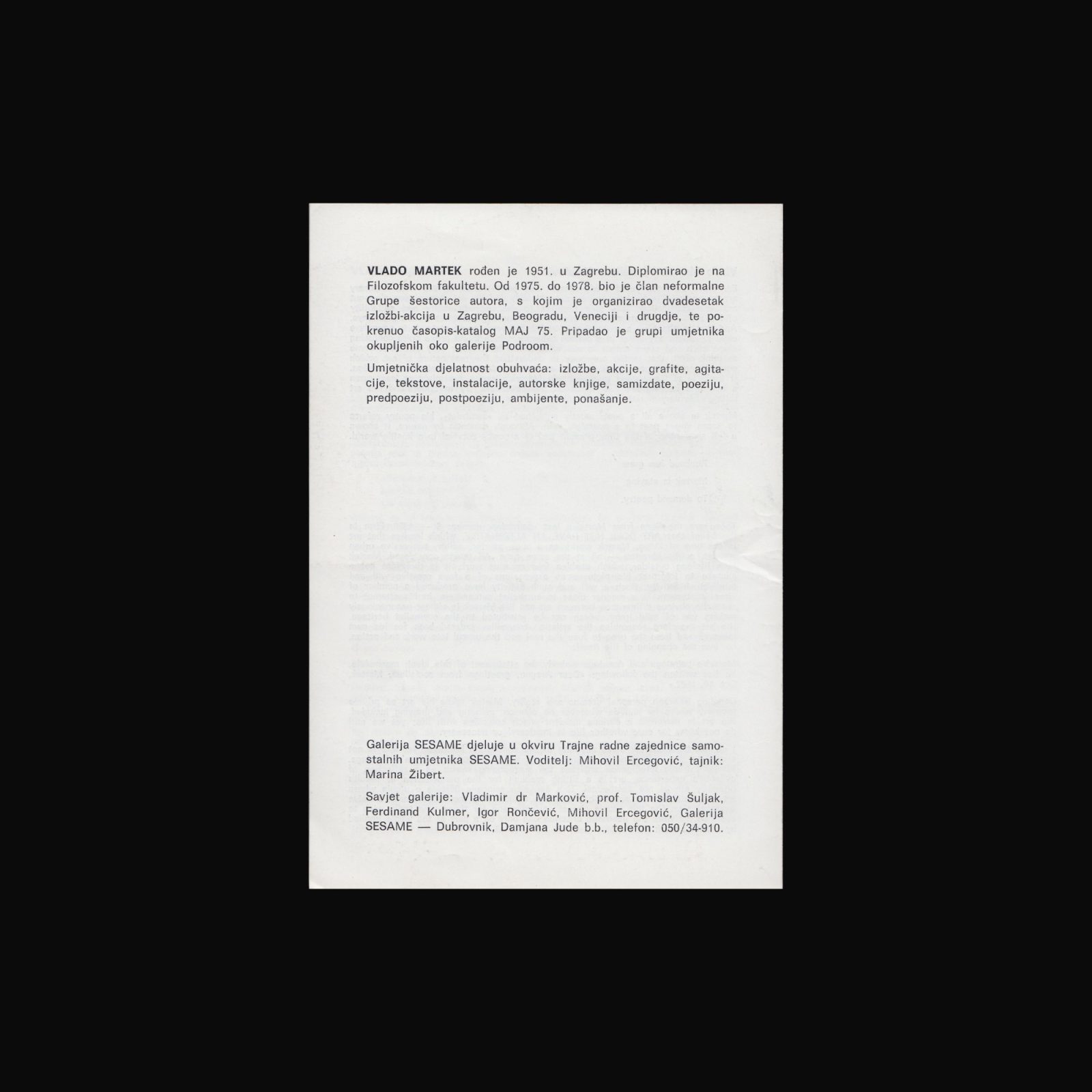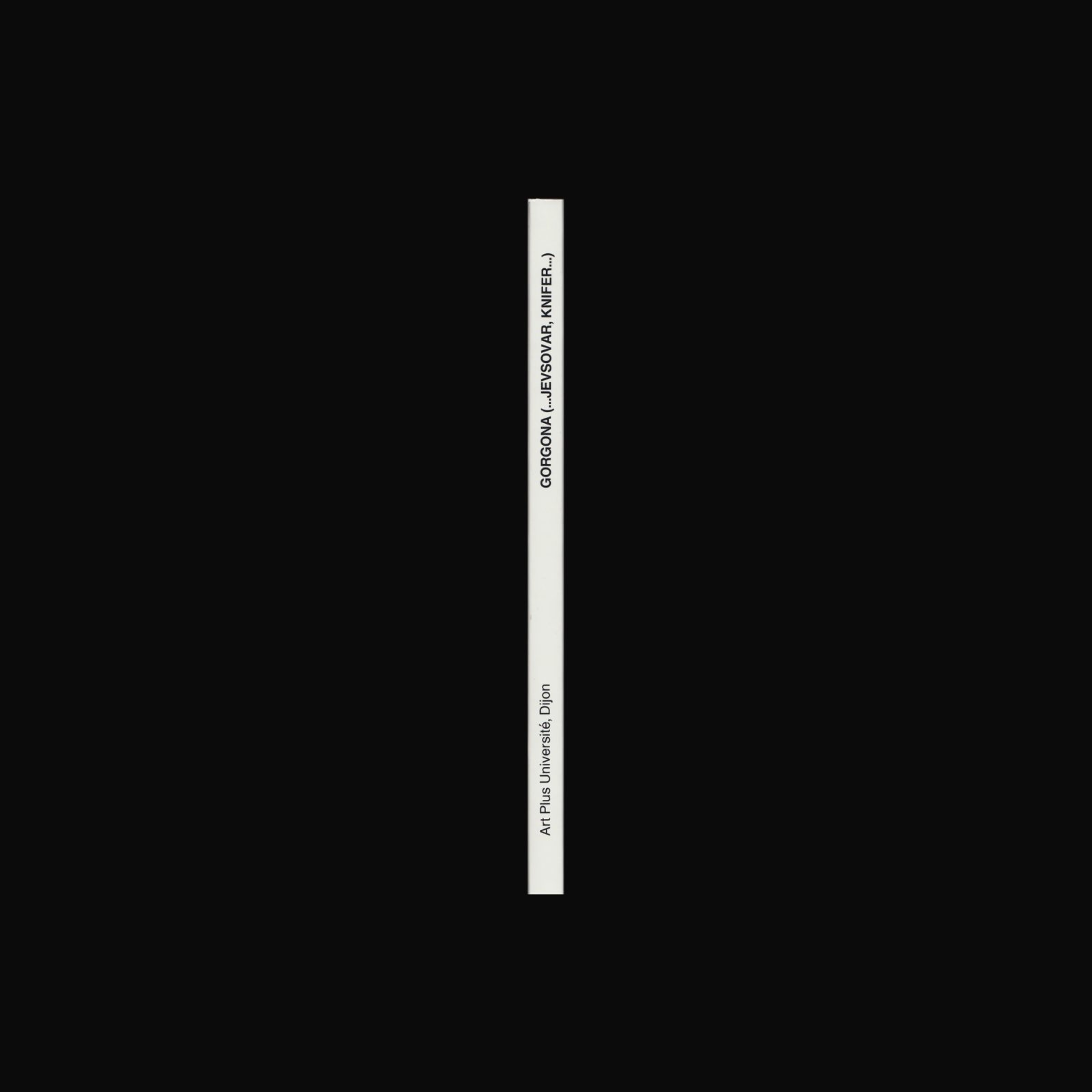(...Jevsovar, Knifer...)
Gorgona
Catalogue for a group exhibition catalogue held at Frac Bourgogne and Atheneum, Dijon. The Gorgona group (named after the mythological creature Gorgon), was a Croatian avant-garde art group which consisted of artists and art historians. The group, made up of Dimitrije Bašičević-Mangelos, Miljenko Horvat, Marijan Jevšovar, Julije Knifer, Ivan Kožarić, Matko Meštrović, Radoslav Putar, Đuro Seder, Josip Vaništa operated in Zagreb between 1959 and 1966.
Texts by Xavier Douroux, Davor Maticevic, Nena Dimitrijevic, Đuro Seder and Josip Vanis.






















